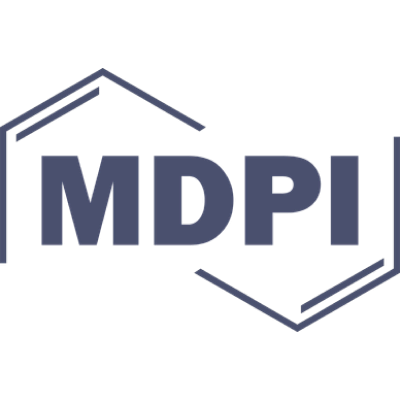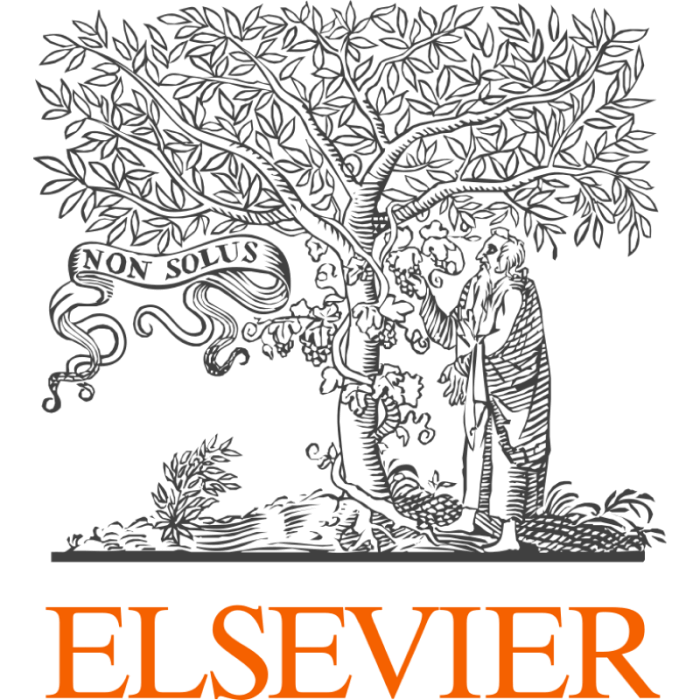
Action Mechanisms of Exosomes Derived from GD3/GD2-Positive Glioma Cells in the Regulation of Phenotypes and Intracellular Signaling: Roles of Integrins
Extracellular vesicles (EVs) play important roles in intercellular communication in various biological events. In particular, EVs released from cancer cells have attracted special attention. Although it has been reported that cancer-associated glycosphingolipids play important roles in the enhancement of malignant properties of cancer cells, the presence, behavior, and roles of glycosphingolipids in EVs have not been elucidated. Recently, we reported crucial roles of EVs expressing gangliosides, GD2, and/or GD3 in the enhancement of cancer properties in malignant melanomas and gliomas. However, how EVs containing cancer-associated glycosphingolipids play their roles has not been reported to date. Here, we studied spatio-temporal mechanisms for GD3/GD2-containing EVs released from gliomas in the actions toward target cells. Proteome analyses of EVs with/without GD3/GD2 revealed an equally high concentration of integrin isoforms in both GD3/GD2+ and GD3/GD2- EVs. PKH26-labeled EVs attached, invaded, and distributed to/in the target cells within 1 h. GD3/GD2 formed molecular complexes with integrins on EVs as elucidated by immunoprecipitation/immunoblotting and immunocytostaining. The addition of antibodies reactive with GD3, GD2, or integrins resulted in the suppression of the enhancing effects of EVs in the cell adhesion assay. The addition of GD3/GD2 + EVs to GD3/GD2- cells clearly increased the phosphorylation levels of the PDGF receptor, FAK, and Erk1/2 in immunoblotting, suggesting GD3/GD2+ EVs activate the signaling pathway in the target cells within 15 min after addition. Anti-ganglioside antibodies clearly blocked signaling with EVs. In conclusion, EVs released from GD3/GD2-expressing glioma cells enhance cancer phenotypes and malignant signals via the cluster formation of integrins and GD3/GD2 on EVs, leading to the regulation of the cancer microenvironment.







